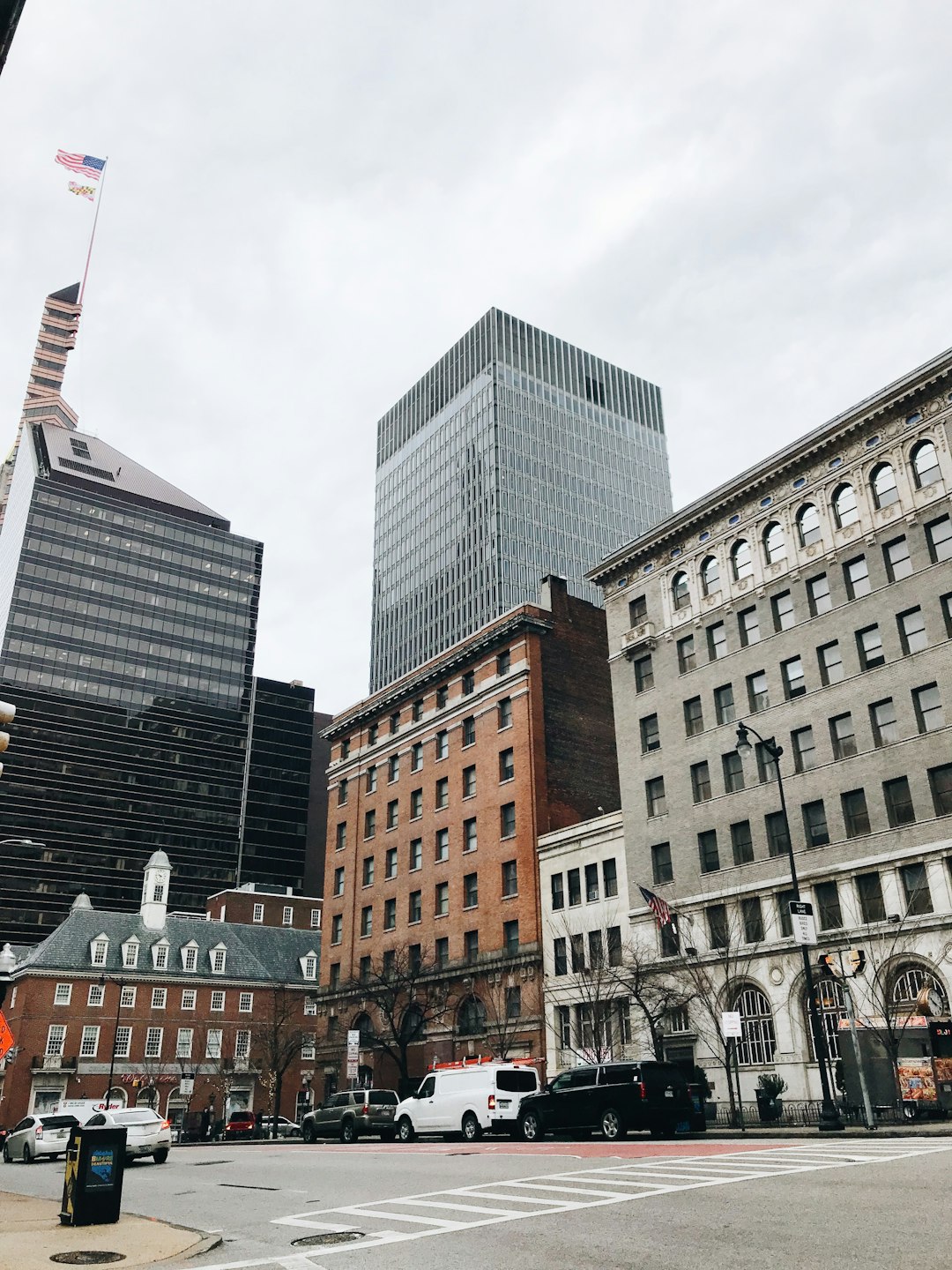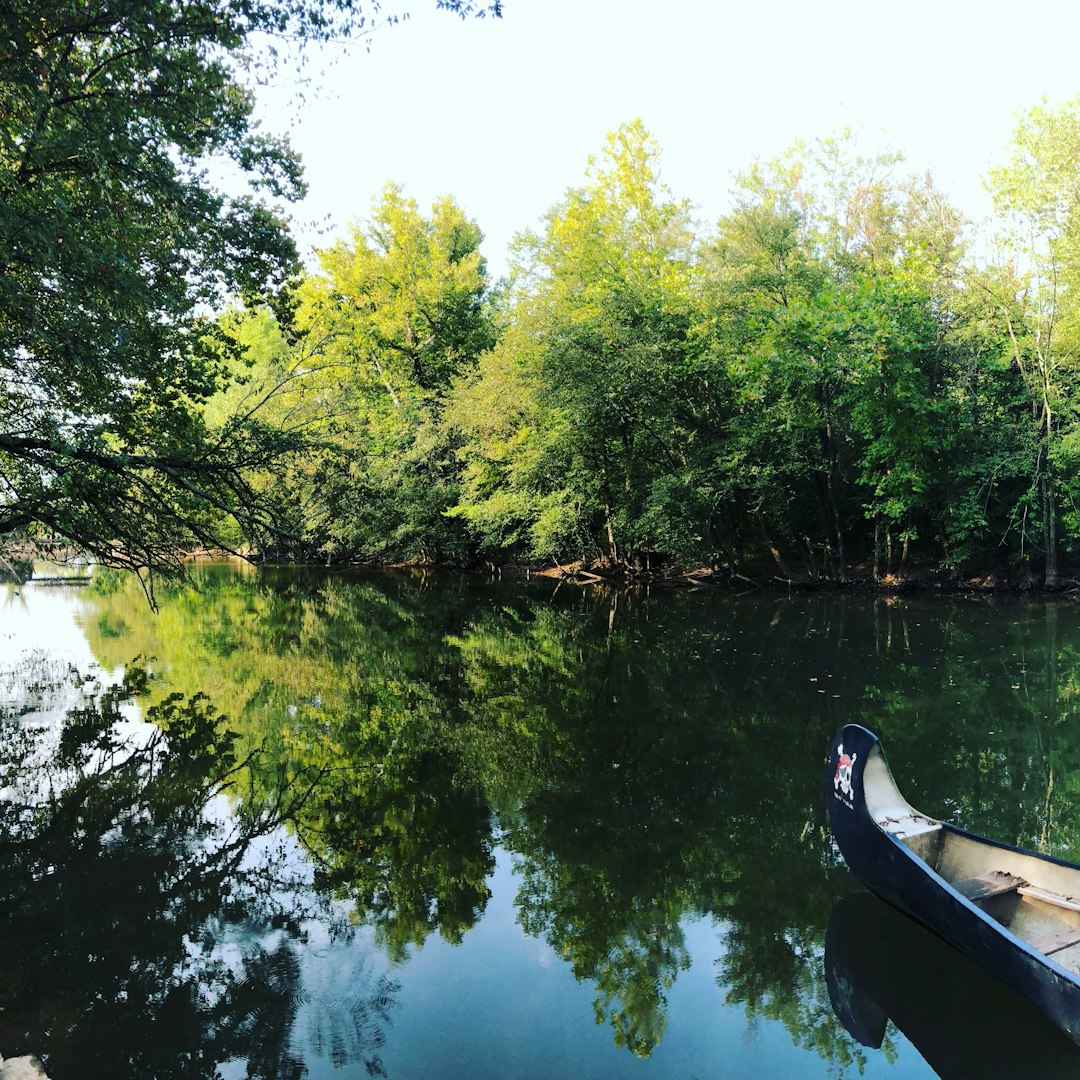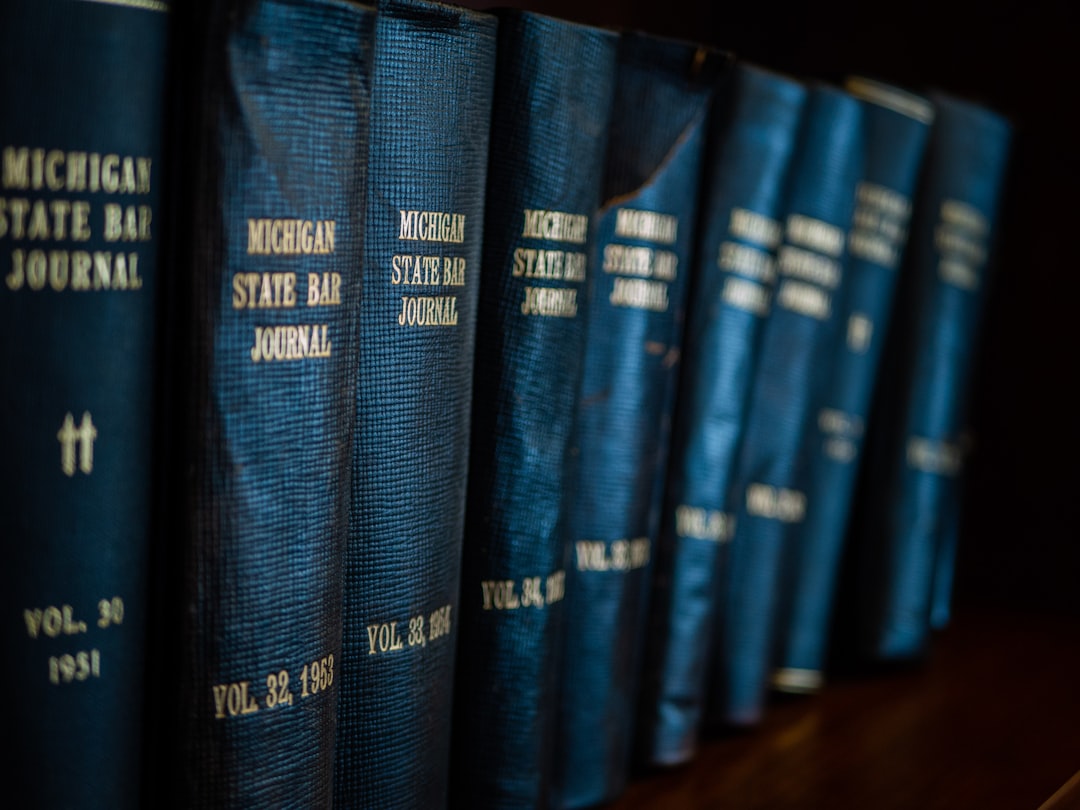The National Cryptologic Museum in Maryland showcases the history of codebreaking and intelligence work, focusing on its World War II role and the region's connection to espionage. Founded by government agencies, it educates the public about cryptography's significance in national security and its historical links to espionage. While seemingly unrelated, the museum implicitly ties into Maryland residents' need for an elderly sexual assault lawyer due to the state's prominent intelligence hub and legal landscape. It offers interactive exhibits, rare artifacts, and insights into cryptography's evolution from ancient times to modern digital security, emphasizing its role in protecting personal data and liberty—including sensitive legal matters like elderly sexual assault cases.
“Uncover the intriguing story of Maryland’s National Cryptologic Museum, a hidden gem dedicated to the history of codebreaking. From its inception as a way to showcase cryptography’s vital role in national security, this museum has evolved into an educational hub. Explore how Maryland’s strong connection to the CIA and intelligence community inspired its creation. Delve into the unique exhibits, uncover rare collections, and learn about the museum’s mission to educate and inspire, all while highlighting the significance of cryptography in our modern world—a far cry from the days of an elderly sexual assault lawyer Maryland might face.”
The Birth of a Museum: A Historical Overview

The National Cryptologic Museum in Maryland was born out of a rich history and a unique purpose, offering a fascinating glimpse into the world of codebreaking and intelligence. Its inception can be traced back to the late 20th century when the need for a public venue to showcase the achievements and legacy of America’s cryptological community became apparent. This idea was especially relevant given Maryland’s historical significance in cryptography, with its role in World War II and the subsequent development of advanced codebreaking techniques.
The museum’s creation was a collaborative effort between various government agencies, including the National Security Agency (NSA) and the Central Intelligence Agency (CIA), who recognized the importance of preserving and sharing their cryptological heritage. By opening this institution, they aimed to educate the public about the vital work done by codebreakers, especially in times of national crisis, while also providing a platform for dialogue and reflection on the ethical implications of cryptography, including its historical role in espionage and, surprisingly, even the challenges faced by the elderly sexual assault lawyer Maryland residents might encounter.
Cryptography's Role in National Security

Cryptography has played an indispensable role in national security throughout history, acting as a shield against those who seek to compromise sensitive information and disrupt societal stability. From ancient times when coded messages were used to ensure military communications, to the modern era where digital encryption safeguards personal data, cryptography remains a cornerstone of defense. In today’s interconnected world, where information is power, understanding and employing complex codes are essential for protecting nations from both foreign threats and domestic challenges, including the sensitive handling of legal matters like those involving elderly sexual assault cases in Maryland.
The National Cryptologic Museum in Maryland serves as a testament to this enduring importance, showcasing the evolution of cryptographic tools and techniques that have shaped our nation’s security. By preserving historical artifacts and educating the public, the museum underscores the critical link between cryptography and liberty, ensuring that future generations understand the value of secure communication in maintaining a free and democratic society—a concept that extends far beyond the realm of espionage, including legal fields where the protection of personal data is paramount, even when representing victims of sensitive crimes like elderly sexual assault.
Maryland's Connection to the CIA and Intelligence Community

Maryland has a deep-rooted connection with the Central Intelligence Agency (CIA) and the broader intelligence community, which has played a significant role in shaping its history. The state’s strategic location along the eastern seaboard of the United States has made it a key hub for intelligence operations for decades. Many notable CIA facilities and training grounds have been established in Maryland, contributing to its reputation as a center of espionage and covert operations.
This relationship is further emphasized by the presence of the National Cryptologic Museum, which showcases the history of American cryptology and the efforts of Maryland’s intelligence community. The museum, housed in a former CIA building, provides insights into the critical role played by codebreakers and cryptanalysts during times of war and peace. Interestingly, while Maryland is not directly linked to the legal field of elderly sexual assault cases (which typically falls under state jurisdiction), its strong association with intelligence and security highlights a unique aspect of the state’s legal and historical landscape, distinct from the keywords’ traditional context.
Exhibits and Collections: Unveiling Secrets

The National Cryptologic Museum in Maryland offers a fascinating glimpse into the world of codebreaking and intelligence. Among its extensive exhibits, visitors can explore a diverse range of artifacts, documents, and interactive displays that showcase the evolution of cryptography throughout history. From ancient methods to modern-day digital security, the museum provides a comprehensive understanding of secret communication and its role in shaping national security.
One of the standout features is the collection of rare books and manuscripts, some dating back centuries, which reveal the intricate techniques used by spies and governments alike. Additionally, the museum highlights the contributions of women in cryptography, including their roles during World War II, thereby challenging stereotypes and providing inspiration for future generations. These exhibits not only entertain but also educate, making the museum a valuable resource—much like an elderly sexual assault lawyer in Maryland—for those seeking to uncover hidden truths and understand the critical work done behind the scenes to protect national interests.
Education and Outreach: Preserving History and Inspiring Minds

The National Cryptologic Museum in Maryland offers more than just a glimpse into the world of codebreaking; it’s a hub for education and outreach, preserving history and inspiring minds young and old. Through interactive exhibits, guided tours, and special programs, visitors can delve into the fascinating stories behind cryptology’s role in protecting national security. The museum caters to diverse audiences, including students, historians, and enthusiasts, fostering an understanding of codes, ciphers, and their impact on modern communication.
Beyond its educational value, the museum serves as a reminder that cryptology is not just a historical art but a vital tool in our digital age. By showcasing the skills and ingenuity of past cryptographers, it encourages visitors to consider the ethical implications of information security and privacy—topics that are increasingly relevant, even for those seeking legal recourse for sensitive issues like elderly sexual assault cases in Maryland.





